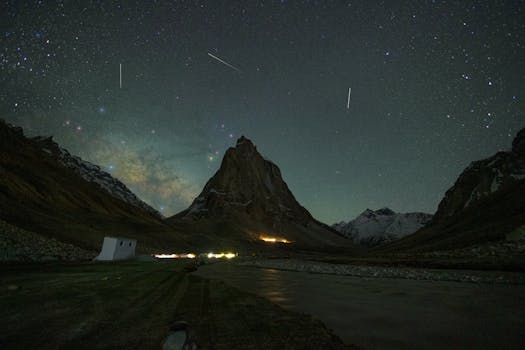
“
Introduction to Beyond the Milky Way: Imagining New Worlds and Possibilities
Imagine a universe where the laws of physics are the same, but the worlds are vastly different from our own. This is the concept that drives space exploration and the search for new life beyond the Milky Way galaxy. The idea of new worlds and possibilities is a tantalizing one, and it has captured the imagination of scientists, philosophers, and science fiction writers for centuries.
Understanding the Milky Way Galaxy
Before we can explore new worlds, we need to understand our own galaxy, the Milky Way. The Milky Way is a barred spiral galaxy, consisting of hundreds of billions of stars, gas, and dust. It is just one of billions of galaxies in the observable universe, and it is thought to have formed around 13.6 billion years ago. The Milky Way is home to a diverse range of celestial objects, including planets, moons, asteroids, and comets.
Exploring New Worlds Beyond the Milky Way
There are many ways to explore new worlds beyond the Milky Way galaxy. One way is through the use of telescopes, which can detect light from distant stars and galaxies. Another way is through the use of space probes, which can travel to other galaxies and send back data and images. We can also use computer simulations to model the formation and evolution of new worlds, and to predict what they might look like. For more on this, check out our article on Galaxies of Dreams.
Takeaways
- The search for new worlds beyond the Milky Way galaxy is an exciting and ongoing area of research.
- Understanding the formation and evolution of new worlds can help us better understand the universe and our place in it.
- Exploring new worlds can lead to new discoveries and a greater understanding of the laws of physics and the nature of reality. For more insights, visit Charting New Realms.





